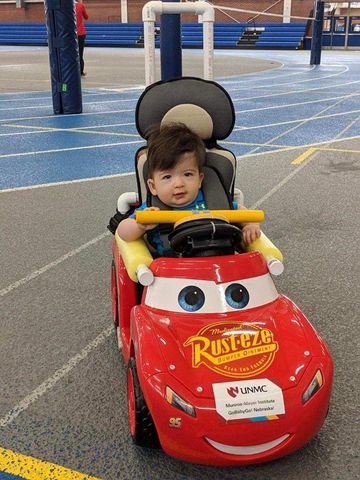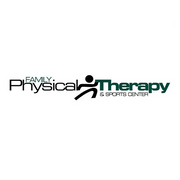What to Know About Physical Therapy for Spina Bifida

A common type of birth defect, spina bifida occurs when the spinal column does not close completely. The term means “split spine” in Latin and affects 1,500 to 2,000 babies in the United States per year. And while the condition cannot be cured, physical therapy provides ongoing treatment that increases mobility and muscle strength. The guide below looks closer at this condition.
The Effects of Spina Bifida
The spine controls much of the body’s movement while supporting upper body weight and healthy posture. It also protects the spinal cord, a nerve fiber column that transmits and receives communications from the brain. Nerves in the thoracic, or middle, spine control bladder, bowel, and leg movements.
Damage to the spinal column from spinal bifida can subsequently result in limited leg movement, bowel and bladder control problems, and other neurological and orthopedic issues such as a curved spine, uneven hips, and seizures. Babies with spina bifida usually cannot move their legs and may experience breathing difficulties.
Learning disabilities are also common among spina bifida patients due to brain miscommunications. And while the exact cause of the condition remains a mystery, health experts cite heredity, environment, and folic acid deficiencies in the mothers as potential contributing factors.
How Physical Therapy Can Help
 Physical therapy for spina bifida can start at any age, with babies and small children arguably receiving the most benefits. Pediatric physical therapists look for signs of neurological defects as affected children get older, including muscle imbalances, joint misalignments, posture issues, and muscle contractions. They recommend therapies based on each patient’s specific needs. For example, one child may require extra help in motor skill development while another benefits from recreational therapy with dogs or farm animals.
Physical therapy for spina bifida can start at any age, with babies and small children arguably receiving the most benefits. Pediatric physical therapists look for signs of neurological defects as affected children get older, including muscle imbalances, joint misalignments, posture issues, and muscle contractions. They recommend therapies based on each patient’s specific needs. For example, one child may require extra help in motor skill development while another benefits from recreational therapy with dogs or farm animals.
Therapy helps spina bifida patients develop stronger bodies, as can certain accessories, such as braces and walkers. Therapists also suggest exercises, sports, and other physical activities that keep muscles strong. Regardless of what physical activities are best for each patient, the Center for Disease Control recommends 60 minutes of exercise per day.
Discuss the best physical therapy course for your spina bifida patient at Family Physical Therapy & Sports Center. Serving the Greater Nebraska area since 1993, this therapy center offers a wide range of services, including speech therapy, needling, and cupping to help clients live their best lives. Call the family-oriented practice today to schedule an appointment or visit the website for physical therapy details.
About the Business
Have a question? Ask the experts!
Send your question

